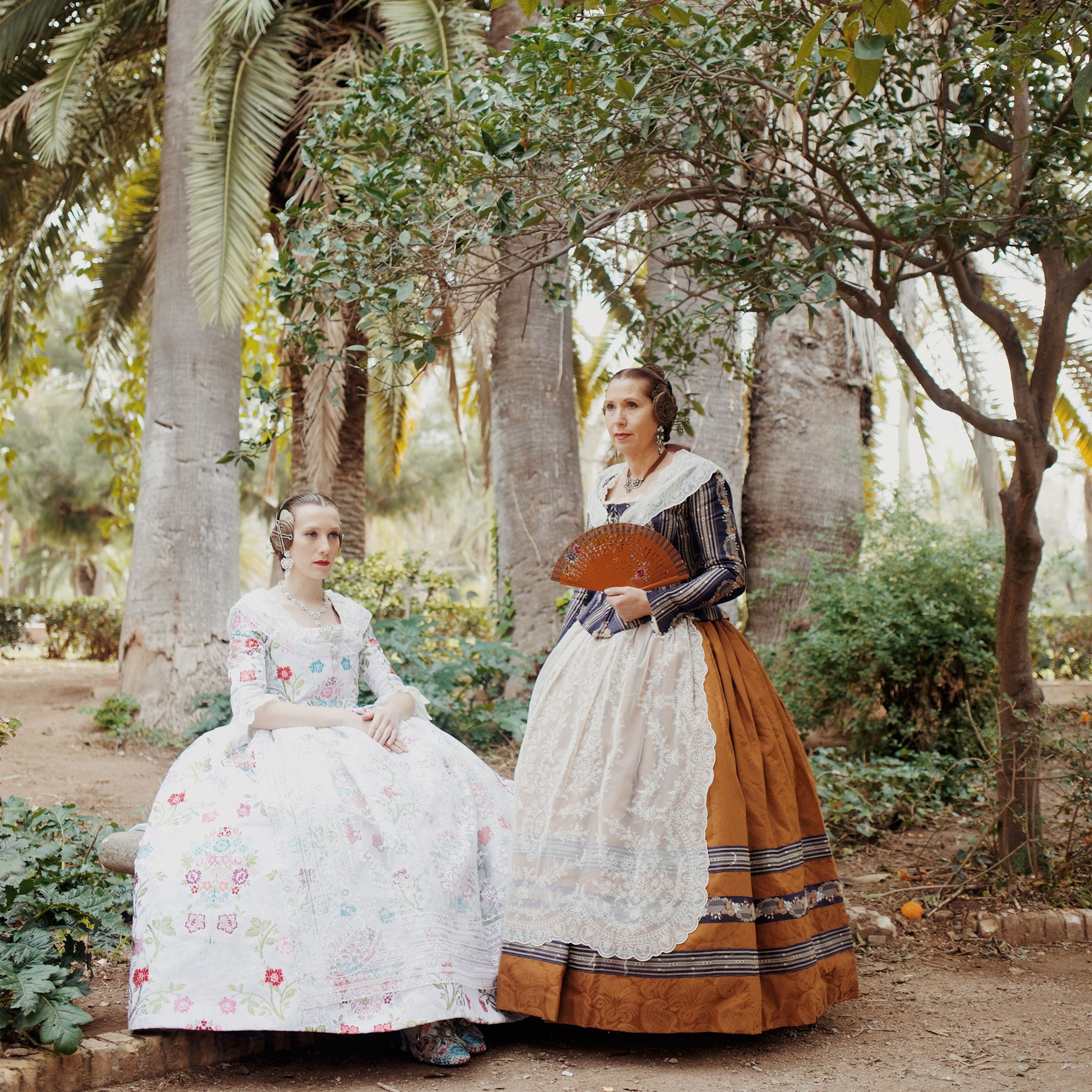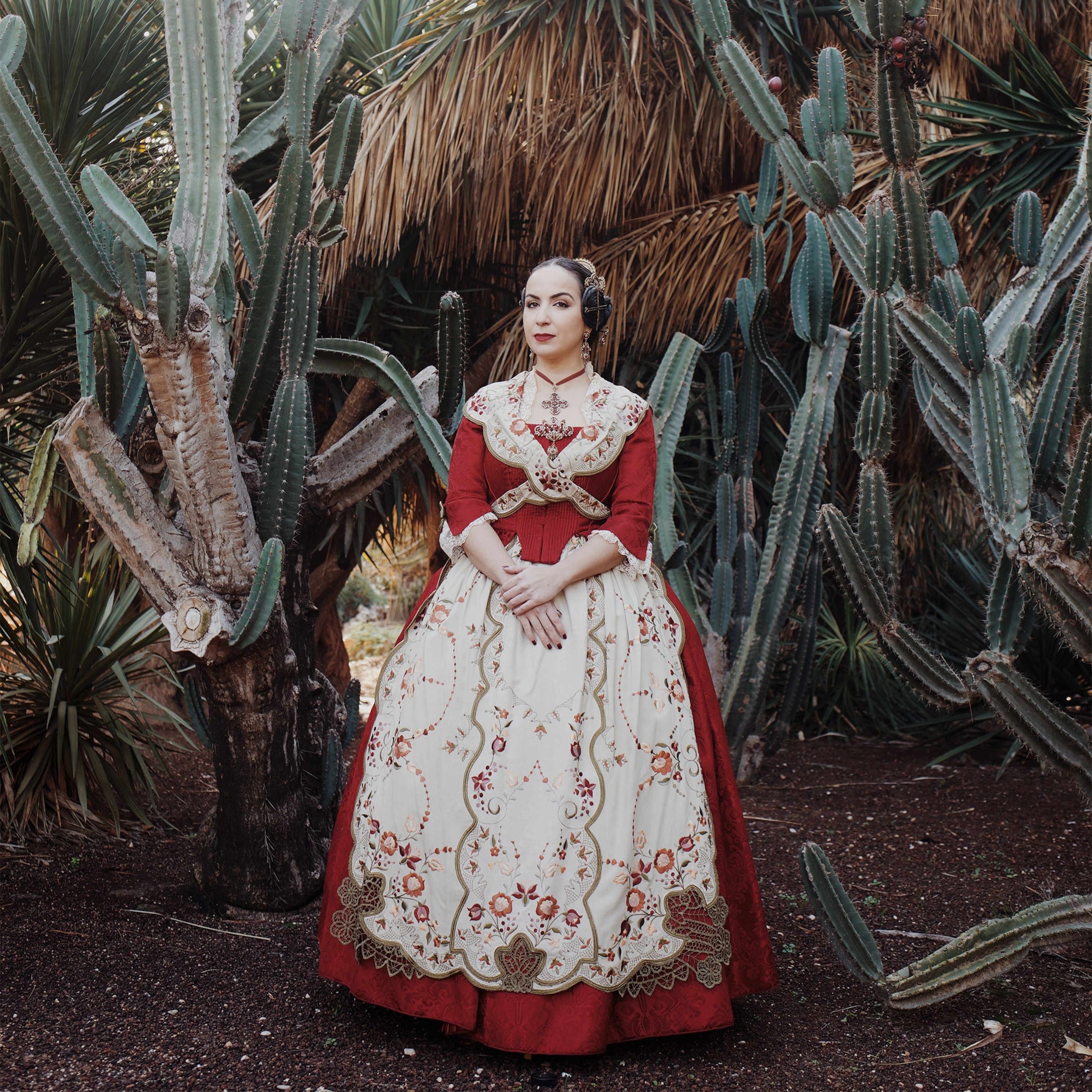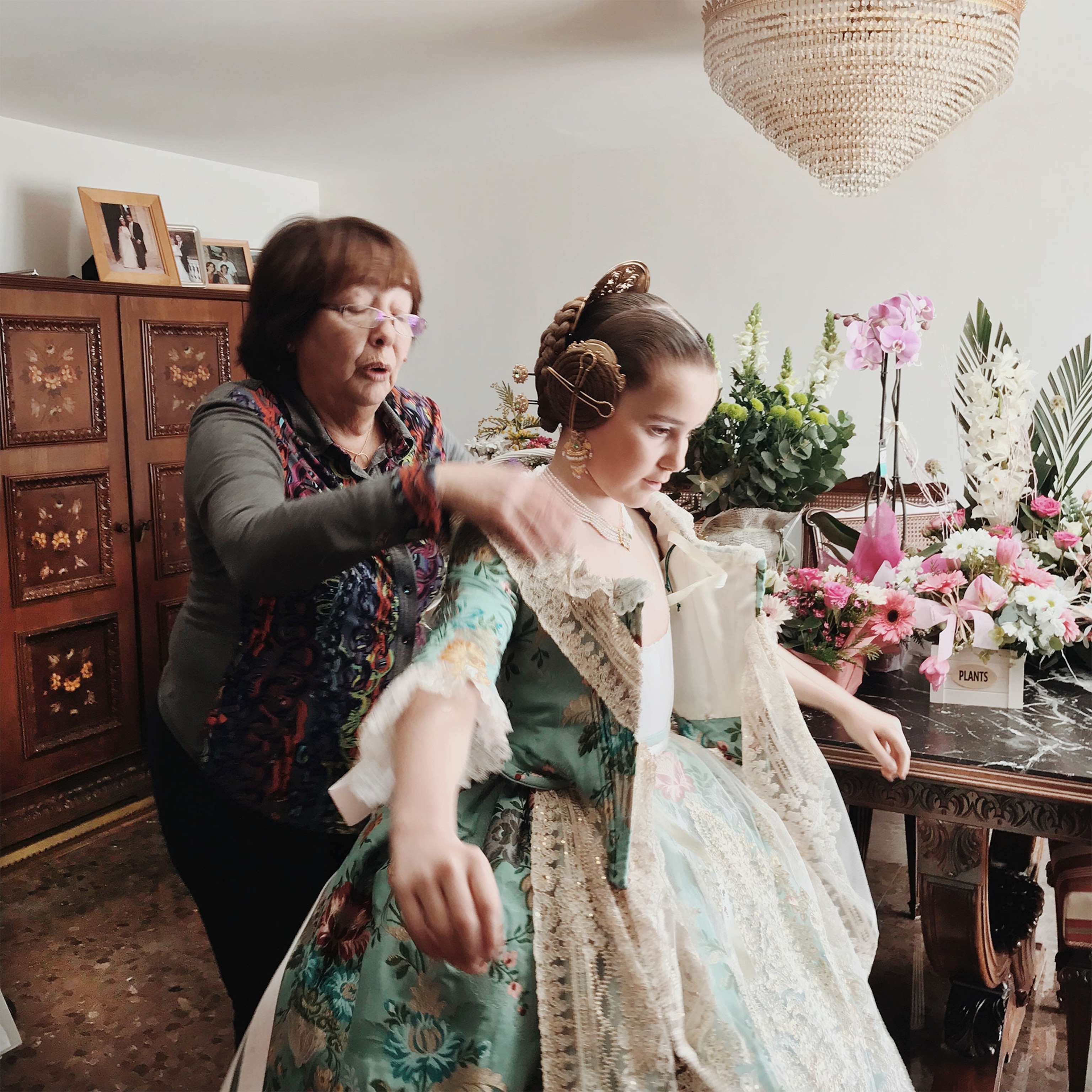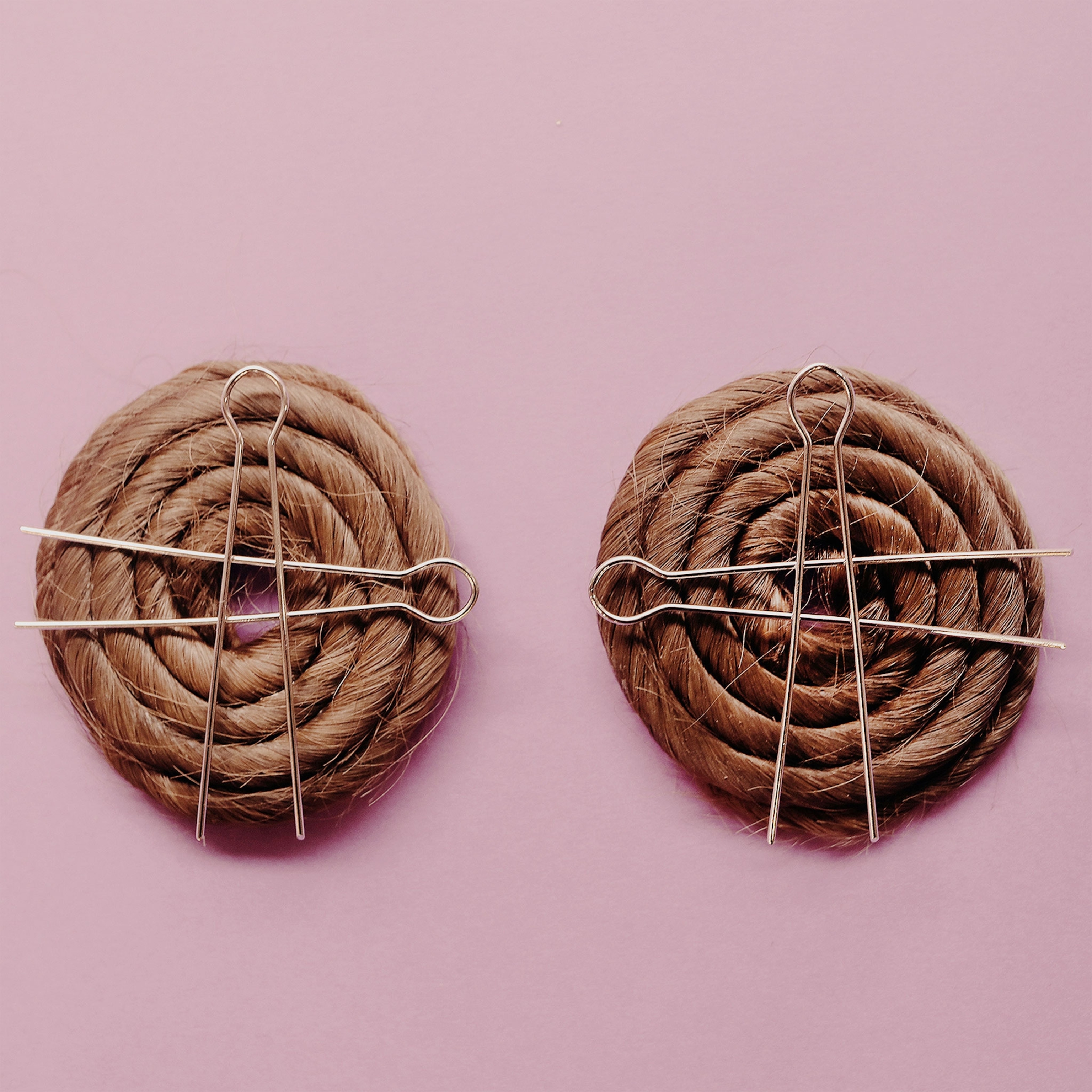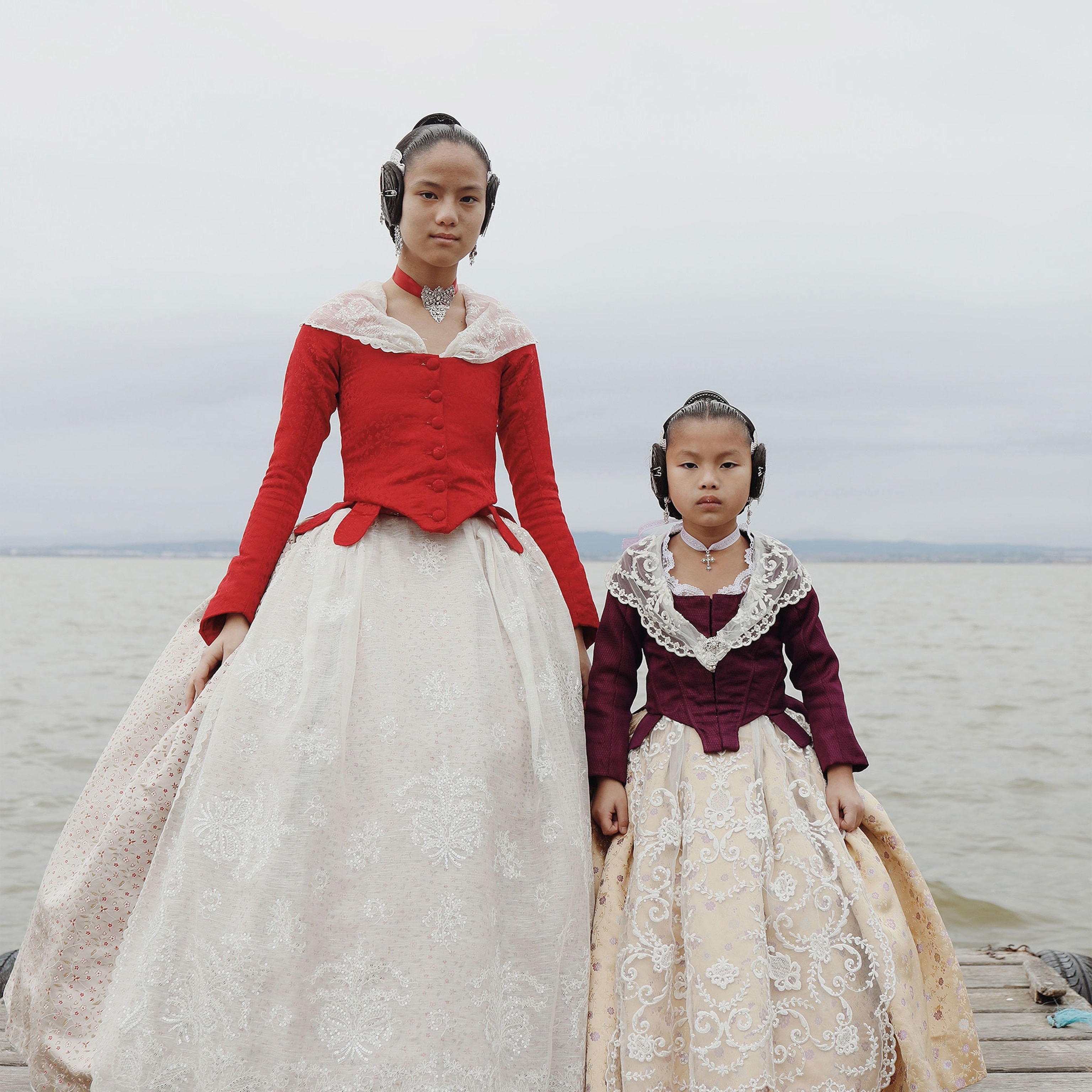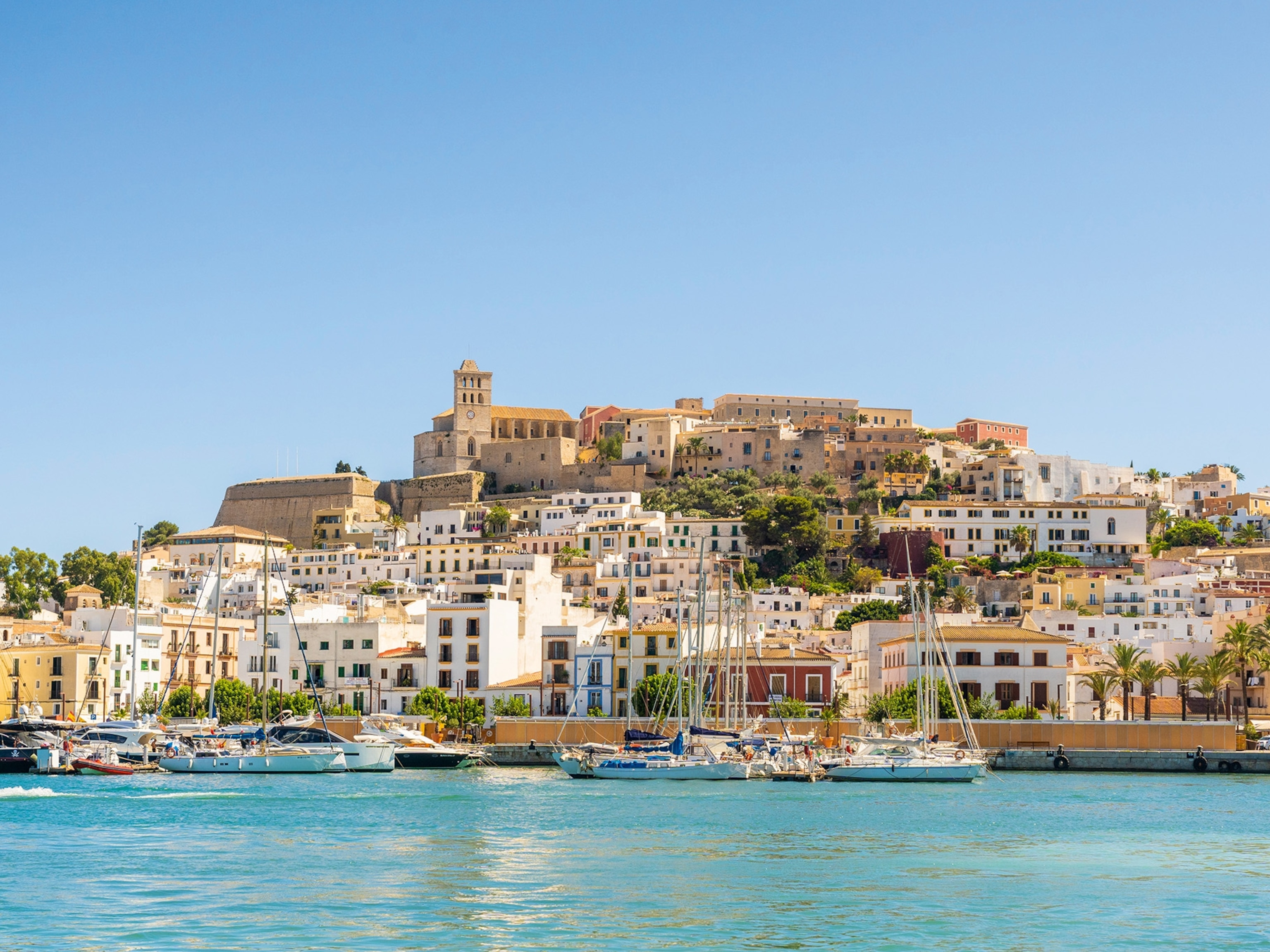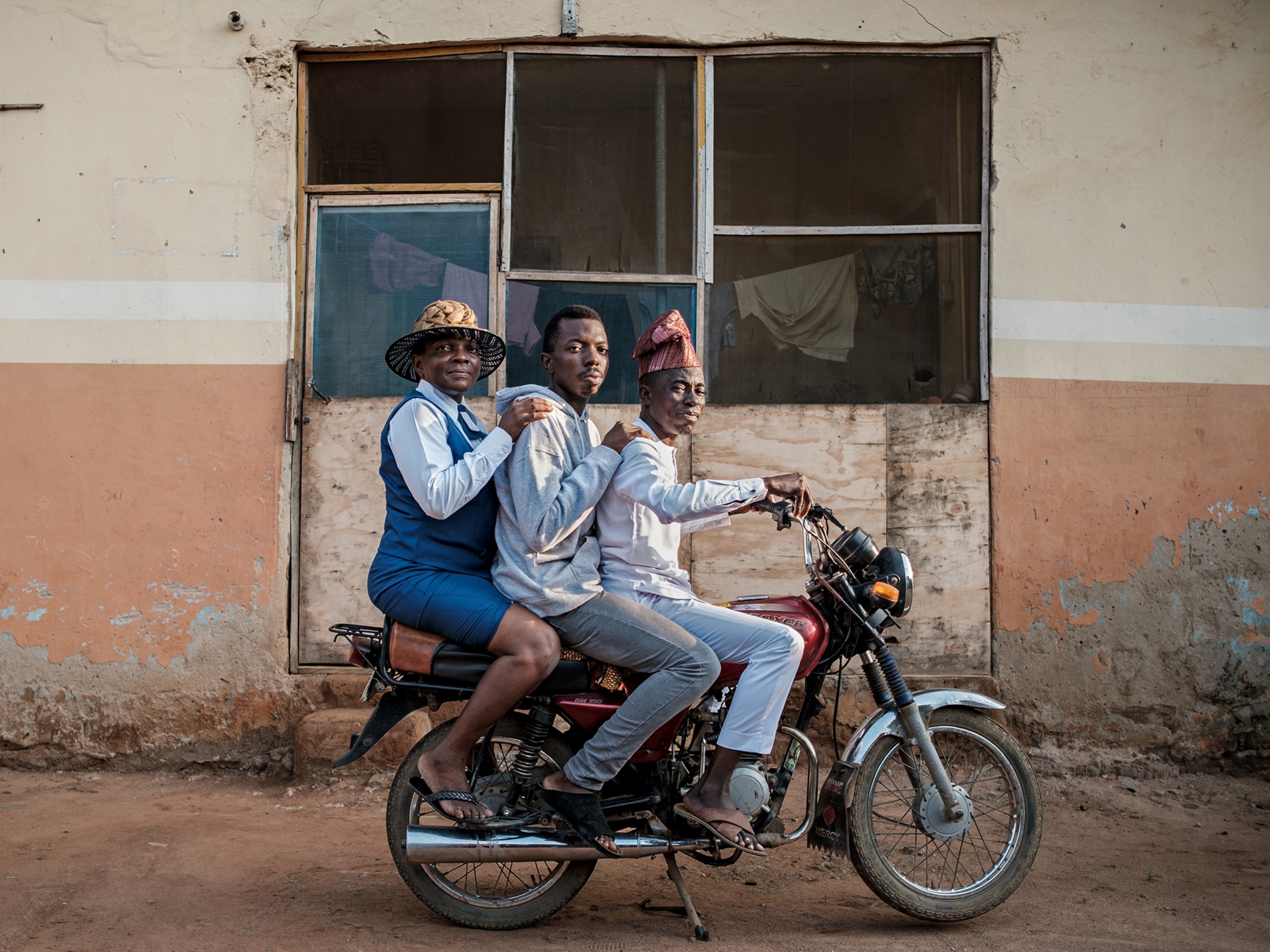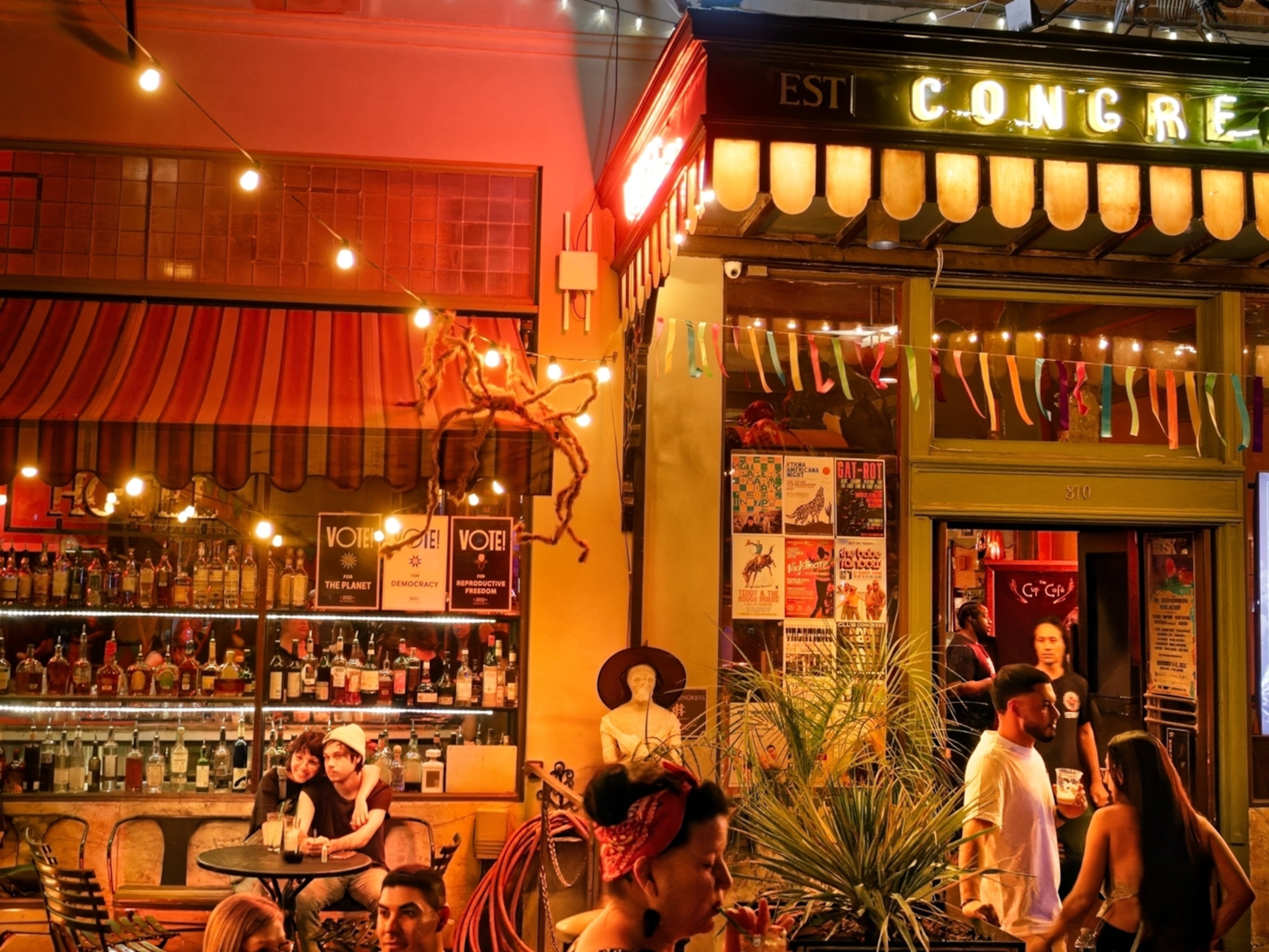
Spain's Falleras Bring Historic Opulence to Life
During a five-day festival in Valencia, women don heirloom jewelry and elaborate, voluminous gowns made from luxurious fabrics.
Photographer Luisa Dörr was visiting her husband’s family in Cambrils, Spain, when she came across three words that took her work in a new—and lavish—direction: Fallas de Valencia.
“I saw a fallera dressed and loved it immediately,” says 29-year-old Dörr, a native of Brazil. She started to dig into stories of the falleras’ traditions and history, researching their past and learning about communities today that embrace the custom.
Held annually in March, the Fallas de Valencia, or the Fiesta de San Jose, is among the most celebrated traditions in Valencia and one of the country’s biggest street festivals. The event is marked by fireworks, music, and parades. Valencianos prepare for the five-day event by constructing elaborate papier-mâché monuments and satirical figurines, known as fallas, that are burned to the ground on the last night of the festival.
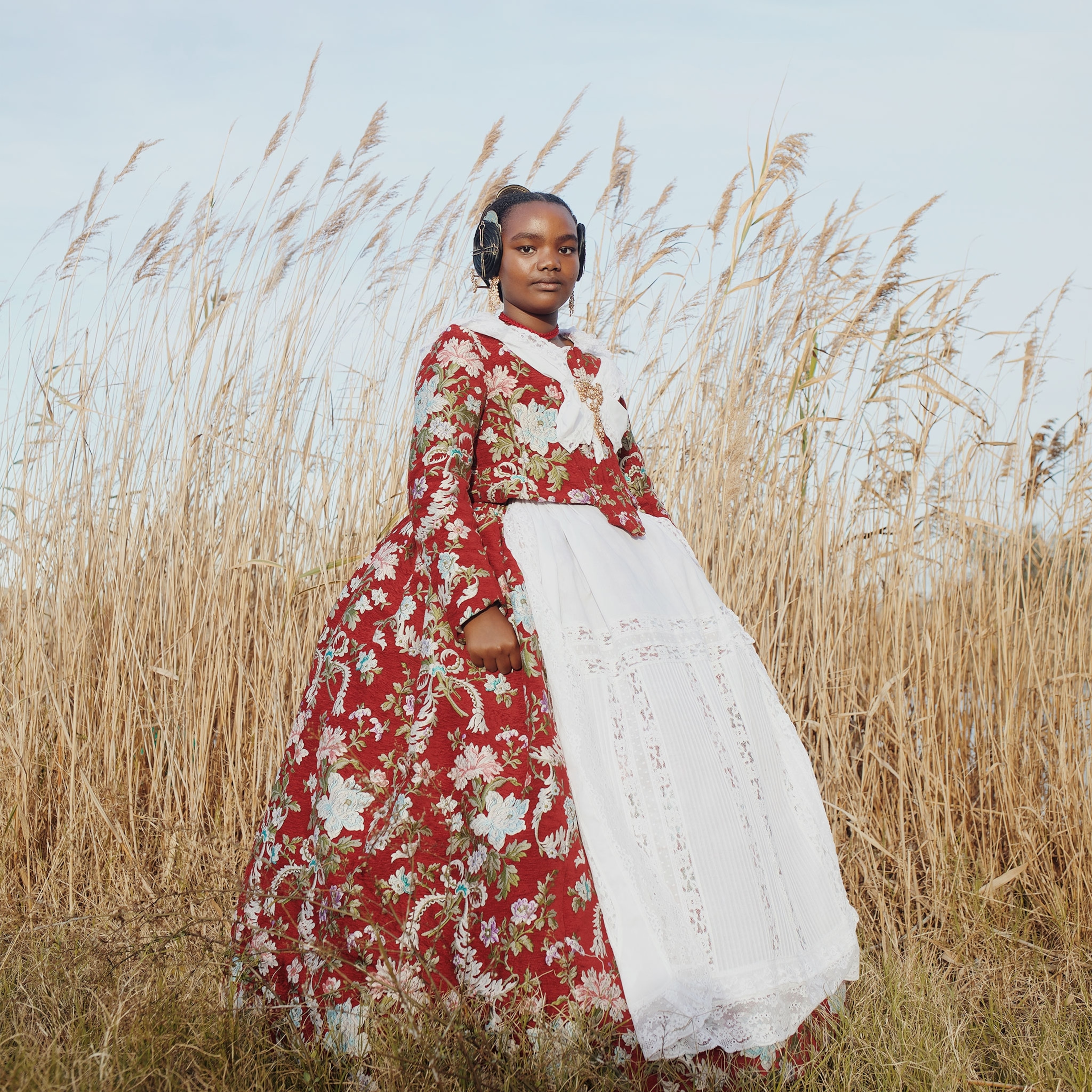
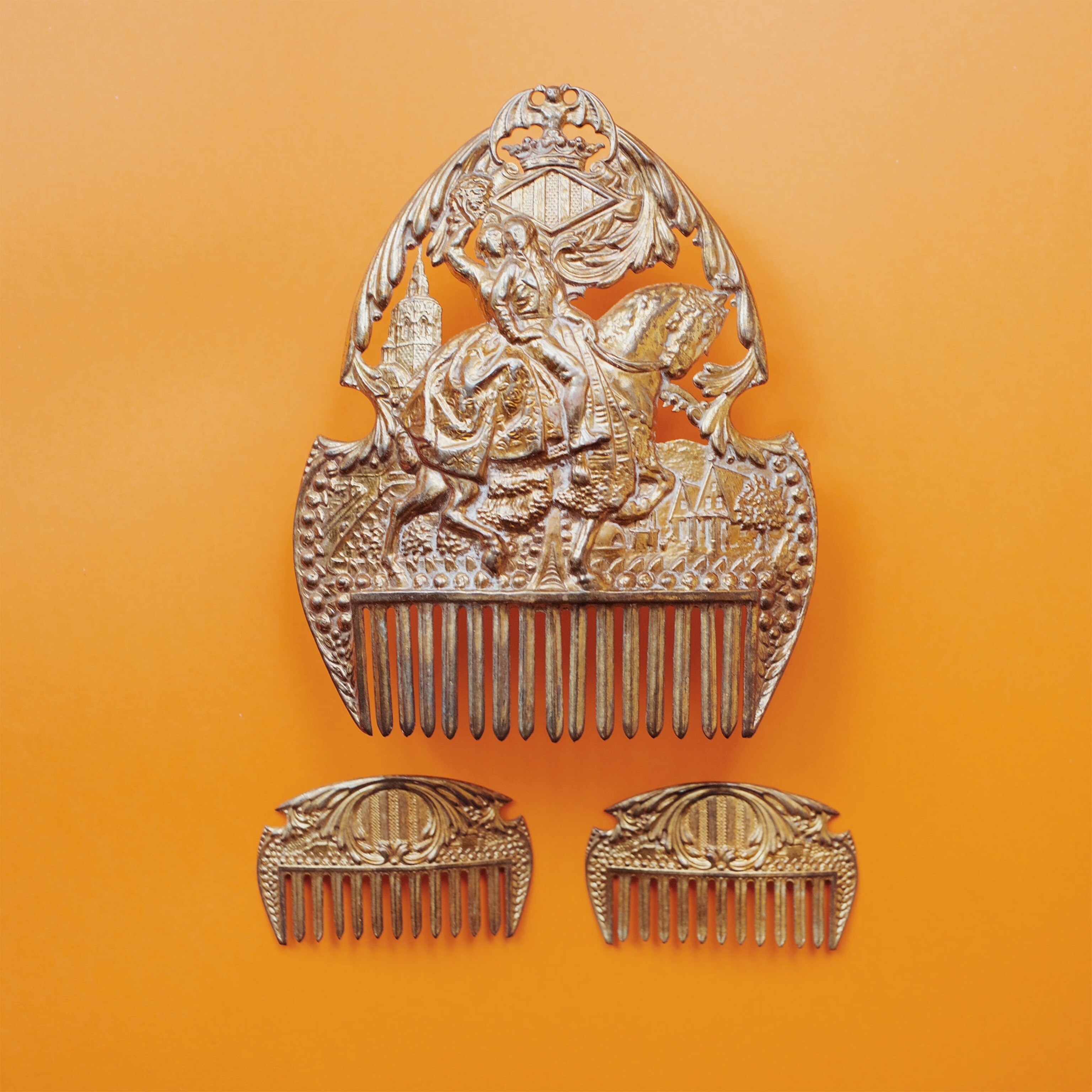
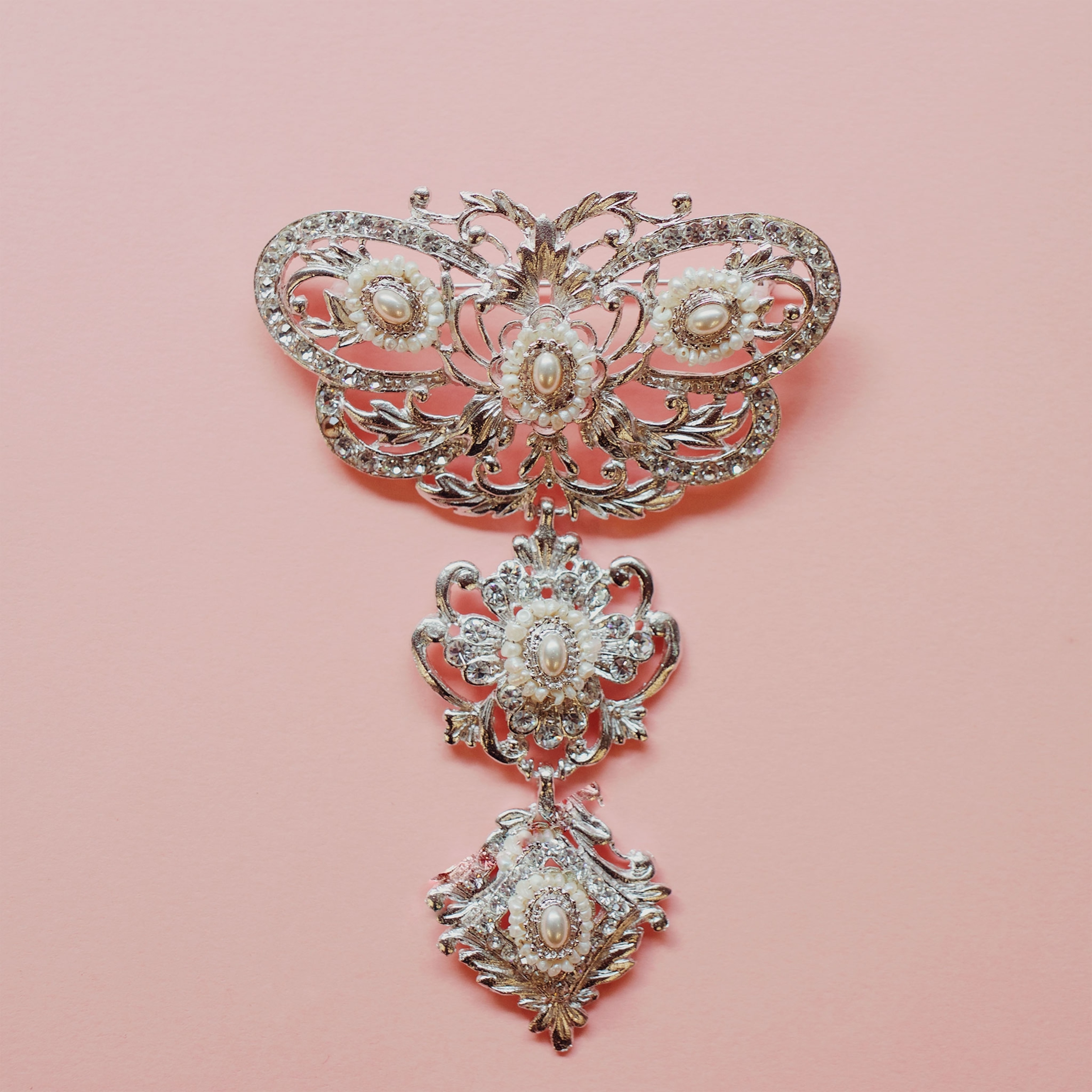
One of the most important customs of the Fallas de Valencia is the role of the fallera—a woman elected to represent a Falla figure from her Valencia barrio, or neighborhood. Being a fallera is a commitment; most women begin their careers as early as birth—often born into fallera families that span generations—while some take up the practice later in life.
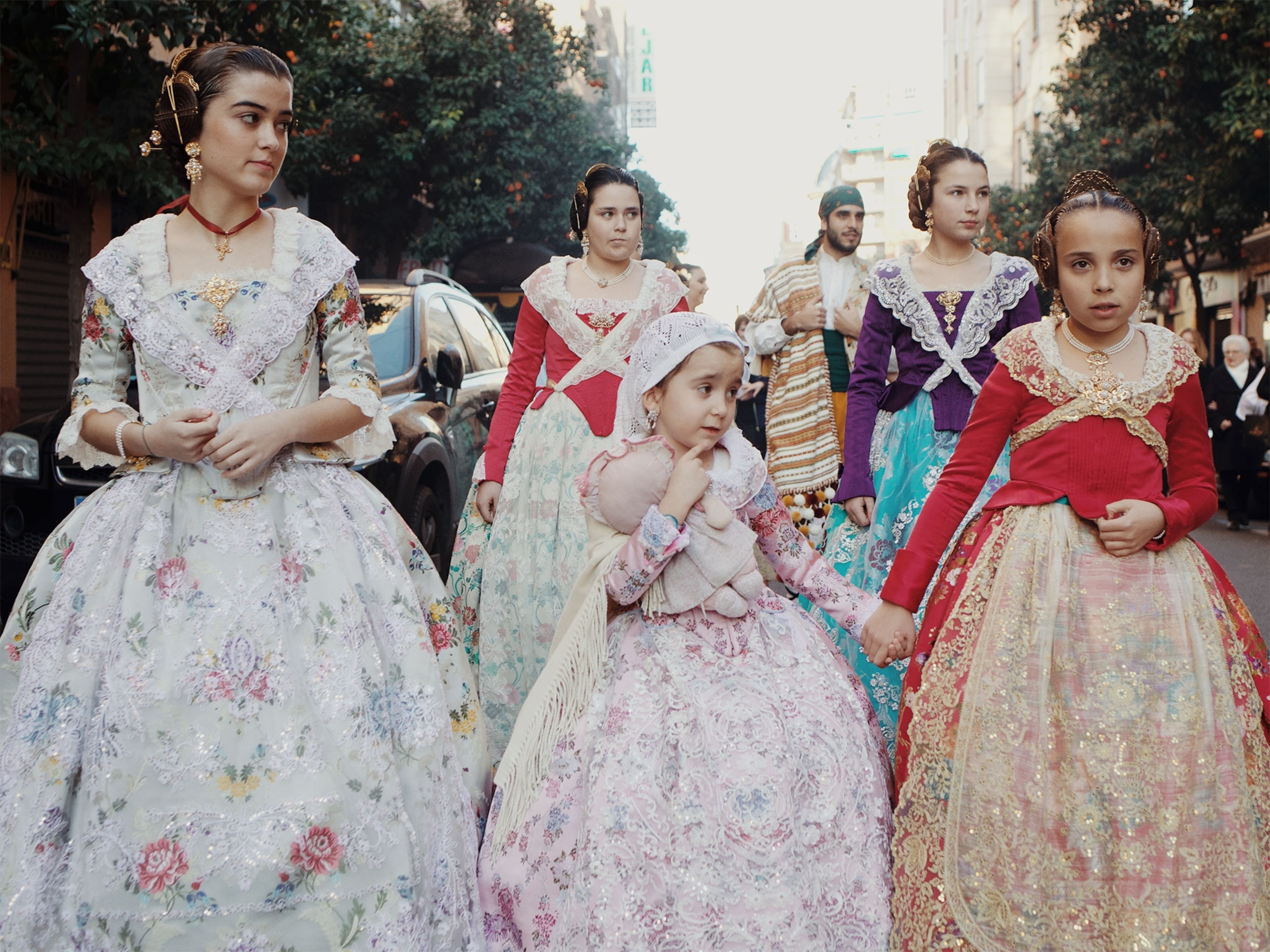
Being a fallera requires a very particular look. Women wear elaborate hand-sewn dresses made of two parts: the skirt, or falda, and the bodice, or corpiño. While original fallera dresses were inspired by clothes worn by women laborers working the rice fields around Valencia, the style has changed over time, with new fabrics and patterns introduced each year. Made mainly of lace and silk, the dresses are paired with handmade shoes crafted to match the dress’s corpiño.
In addition to the dress, falleras set their hair in three pieces, or moños, resembling twisted buns—two over their ears like Princess Leia from Star Wars and a third in the back. Three golden combs, passed down through generations, adorn the buns. Falleras complete their look with a cholla, or brooch, worn on the bodice that matches their earrings, necklace, and bracelet—also family heirlooms.
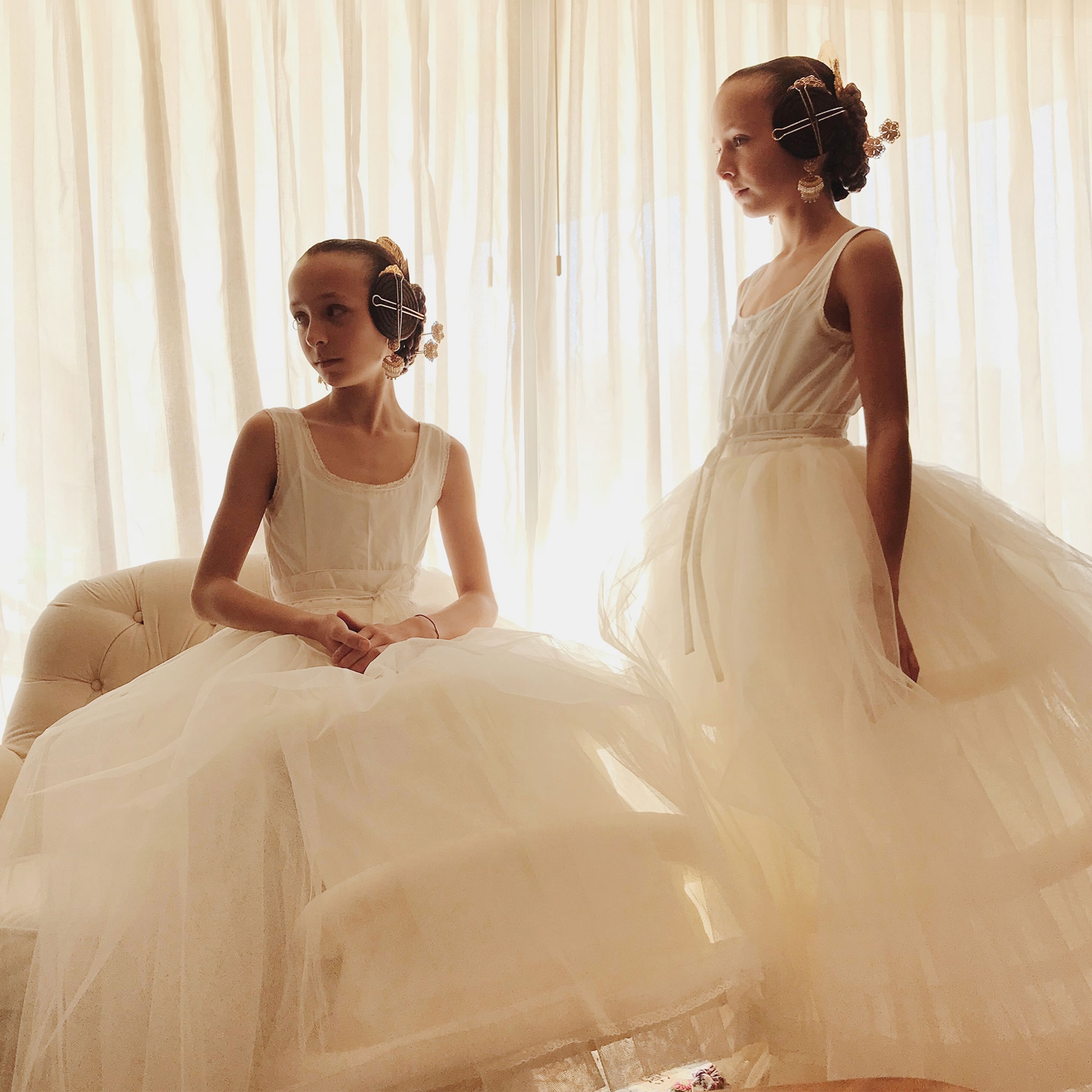
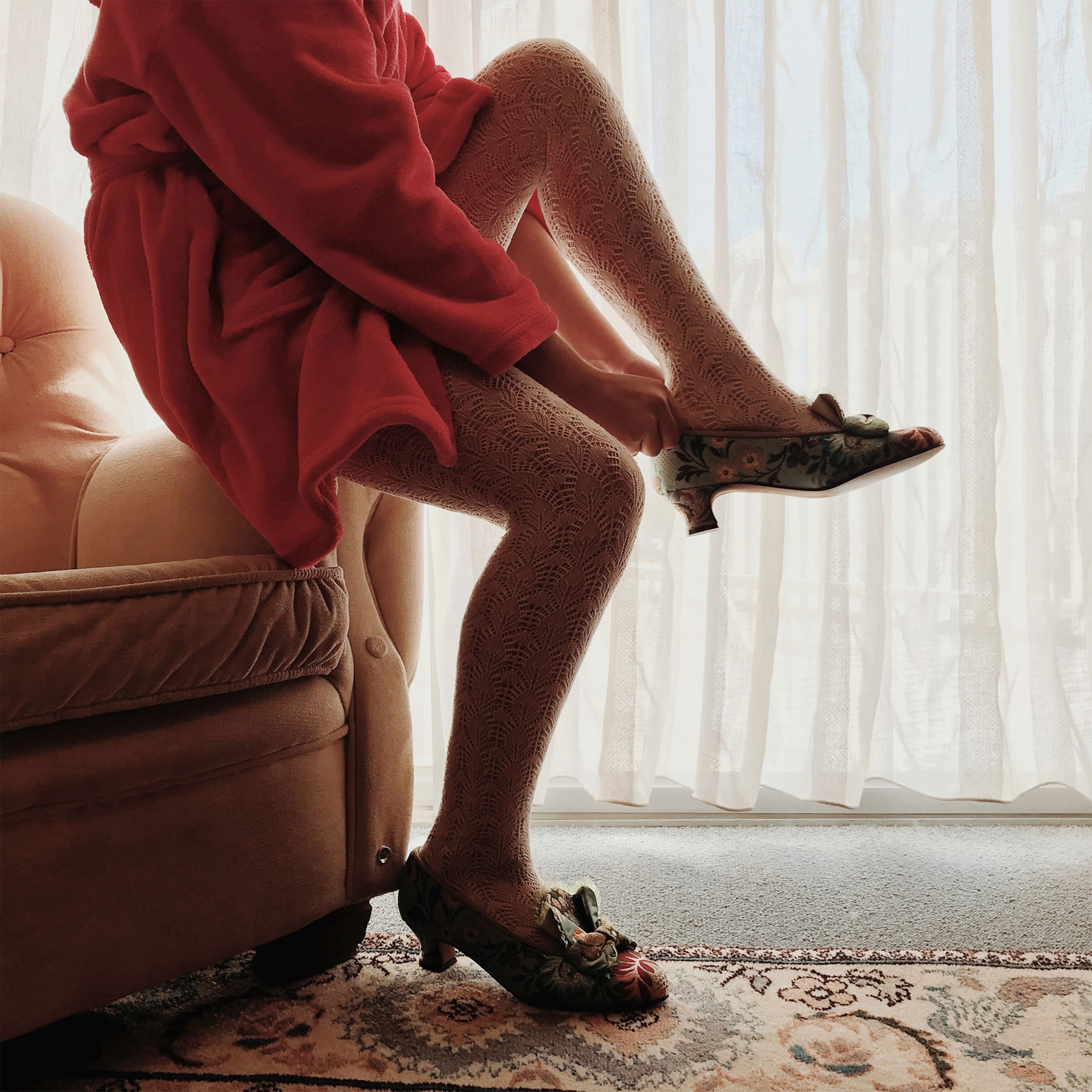
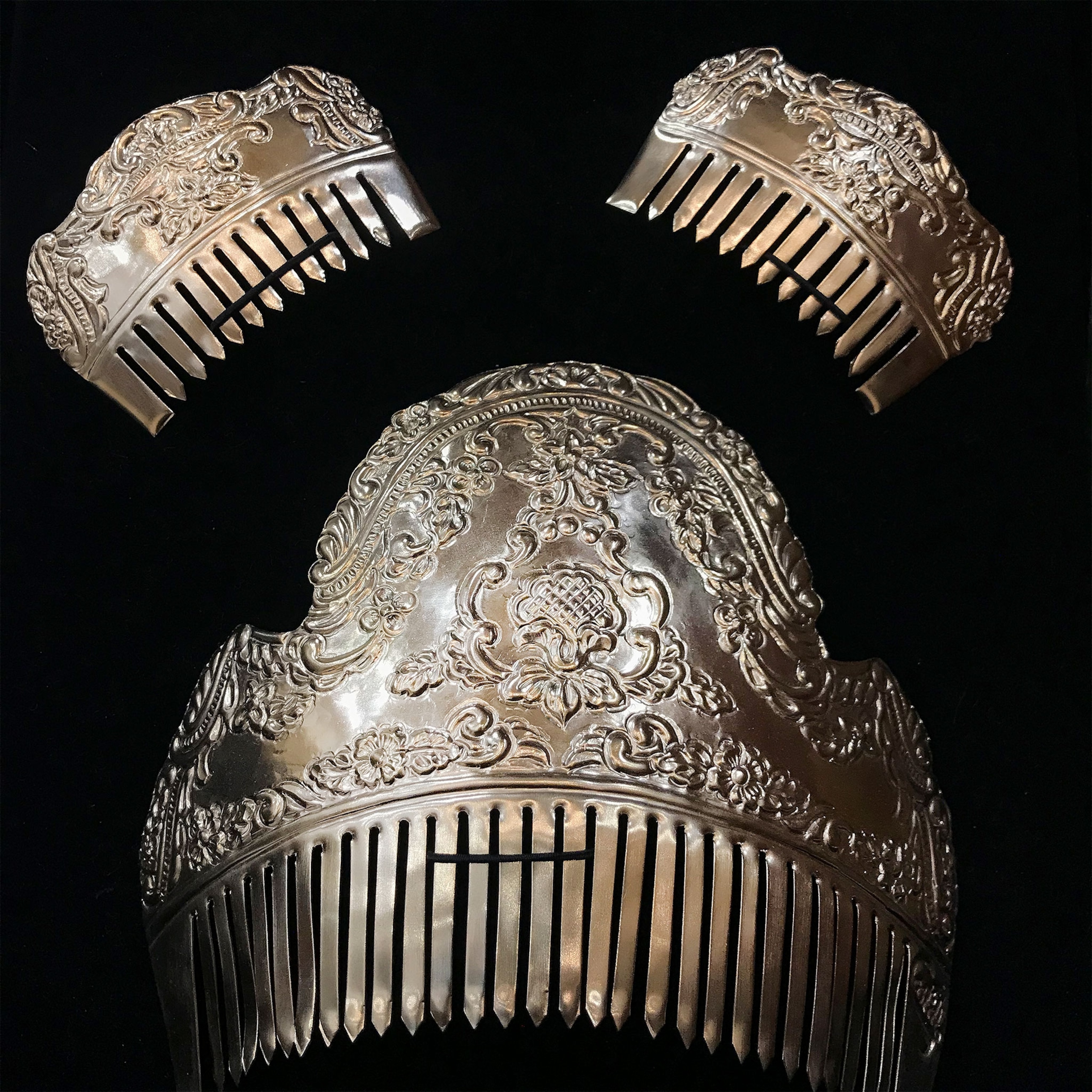
While the community is led by custom, Dörr sought to document more than the typical traditions. She searched for diversity, she says. She spent time with falleras of all ages and backgrounds—including some who were born in Ethiopia, Vietnam, and China and adopted by Valencian families—as a way to illustrate the social and cultural inclusion the community offers to those who call Valencia home.
“It’s a tradition without ages, where the whole family participates—from grandmother to granddaughter—all celebrating and creating together,” Dörr says. “[Being a fallera] is something that unites a family.”
Luisa Dörr is a Brazilian photographer based in Bahia, Brazil. See more of her work on her website or on Instagram.
